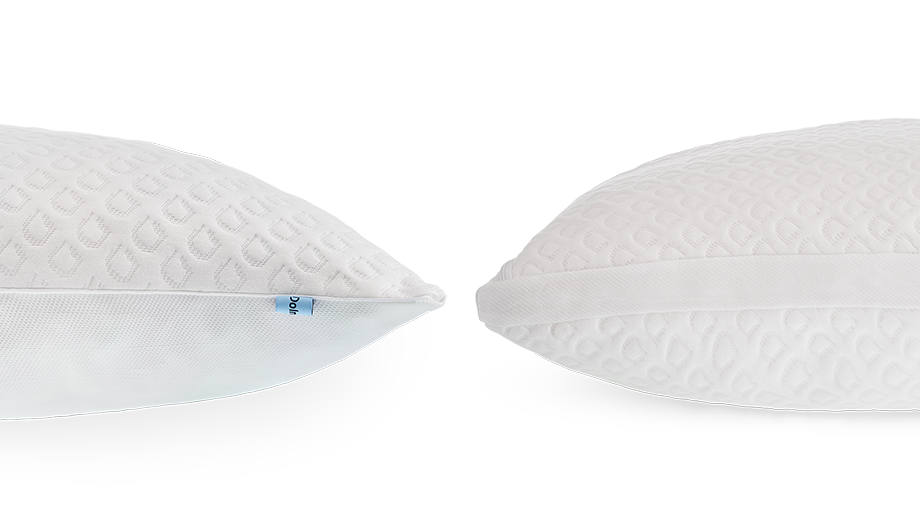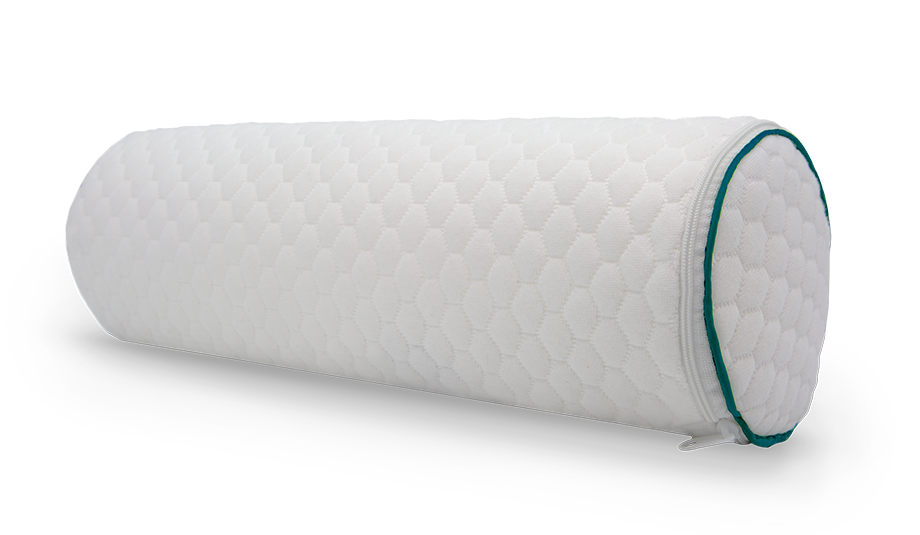Window handles can be used to open and close windows. They may also come with locks. They can become loose or incorrectly aligned and need replacement.
Espagnolette handles are a popular choice for casement windows. They come in straight and cranked versions, which turn either left or right. They are affixed to a square spindle that is fixed to the back of the frame.
Identifying the Issue
A window handle that is difficult to turn or is loose could be an indication of wear and wear and tear. If left unattended, this could lead to a more serious issue in the future. This could include a lack of proper sealing that could lead to drafts, energy inefficiency and security threats. In some cases, damage to the handle may be a sign of other issues with the sash and locks, therefore it is essential to examine the handles as well.
If the issue is due to age or regular use, Window handle Replacement a broken handle must be replaced as quickly as is possible. The window handle can be replaced to make it more convenient to use, and can even enhance the appearance of the window. A damaged handle could reduce the risk of injury by ensuring that the window is shut and latched when it is shut.
Depending on the type of window, there are a few alternatives to replacing a uPVC window handle. For casement windows the procedure is simple. To begin, it’s important to determine what kind of handle you have in order to make sure that the new handle will work with your window. Certain handles, like have a spindle that operates a locking mechanism within the frame. Others connect to a wedge shaped striker plate. Once you’ve identified what kind of handle that you have it’s simple to locate an appropriate replacement from Truth hardware.
For tilt and turn windows, the process is slightly more complex. The first step is to locate the screw covers that keep the handle in place, and remove these whilst leaving them in a safe location. You’ll then need to open the windows just a bit until the crank arm’s bushing is in line with the window track. (You may need locking pliers for this).
From here you’ll be able remove the handle and replace it with a brand new one, making sure the spindle is properly inserted into the lock and the handle is securely fixed. After you’ve completed the procedure, you’ll be able to enjoy your brand new, fully functional uPVC window.
Remove the old handle
Switching your uPVC window handles is an easy way to improve the appearance of your home or give your windows an upgrade. It’s a simple job you can complete yourself.
The first step is to take off the old window handle. It’s an easy process, but you must be cautious not to damage the window frame.
After you have removed the pin or screw that secures the handle and the handle, you should be able to remove it completely. After removing the pin or screw that holds the handle in position, you will need to remove any remaining screws. The new handle can then be installed and the cap screwed back on.
There are many kinds of handles to choose from. It’s important to select the one that is right for you. Certain handles are more suitable to certain types of windows, while others might not function properly if installed on frames that aren’t properly size. Also, it’s crucial to make sure that you pick a handle that is compatible with the window’s locking system.
UPVC window handle lock sizes differ, so it is essential to measure the height of the step (the gap between the window’s base to the nose of the handle) prior to purchasing. It is also important to determine how the handles are oriented on older uPVC window frames. They can be inline espagnolette locks or cockspur handles, but they must all point in the same direction to work.
If you have a newer uPVC window, you’ll probably find that the lock mechanism is built inside the handle, Window Handle Replacement meaning you don’t have to take it off. It’s a good idea to examine the handle after you’ve replaced it. The easiest way to accomplish this is to simply move the handle into the locked position and then back a few times.
Installing the New Handle
A damaged handle on a window can cause a variety of issues. Most commonly, it will not open. This can be a major issue, since it’s difficult to operate the window if the handle is damaged. This is a fairly simple problem to fix. It is essential to determine the type of handle you have, and ensure that you have a replacement sash windows appropriate. It’s easy to fix a broken window handle with the right tools and parts.
The first step is removing the handle from the window. You can remove the screw cap located at the top of the handle, and then employ a screwdriver to remove the screws holding it in place. After the handle has been removed, you’ll be seeing two screws and the square cut out to form the spindle. This is the key aspect to be aware of since you’ll need have a replacement that matches its size.
It’s time to put in your uPVC replacement window handle. Make sure that the fixing points are lined up with the window frame and insert the fixing screws or pins per the manufacturer’s instructions. Once the new handle has been put installed, it must be tested to ensure that it works as intended.
Window handles come in various designs, and it’s essential to choose one appropriate for your home’s style. Metals such as brass and steel are renowned for their durability and strength. Plastic handles are becoming more popular due to their lightweight properties and ability to stand up to extreme temperatures. It is essential to select the best quality product that is in compliance with the security requirements that are set by your insurance company. A faulty or poorly-made handle could make your home vulnerable to robbery and theft.
Verifying the Lock
Window handles are practical hardware parts that allow for the opening, closing and securing of windows. They are available in various styles and finishes, materials, and styles to fit different types of windows and interior design aesthetics. Modern designs of handles have locking mechanisms that increase safety and security.
It’s important to check the function of your crank or lever handles regularly, regardless of whether you have them. This can be done by lubricating your lock mechanism using graphite or by using a special cleaner to remove grime. It is recommended to test the window to ensure it shuts and opens correctly. If you have an opening handle for a crank, open the window until the guide bushing is aligned with guide track notch (use a pair of locking pliers, if needed).
It’s important to put the right handle and lock on uPVC tilt-and-turn windows. The spindle extends out from the back of the handle which sits within the gear box of the lock mechanism within the window frame. The handle is turned by the spindle that activates the latch, deadbolt and extends or retracts the window.
Tilt-and turn handles come in a variety of styles, from the classic espagnolette handles with a square spindle that measures 7mm to slimline sash handles with a less projecting edge — usually between 20mm and 30-mm. These are usually preferred by homeowners due to their more sleek appearance.
When installing new window handles, be sure to verify whether the height of the step is correct for your home. This is the distance between the base of the handle and the bottom of the frame of the window on which it will be placed. If you don’t do this right, the handle will become stiff or impossible to use.
With the Loxone Air, you can now ensure that your customers have their windows closed by sending them an app-based notification in the event that they leave them open or if there is any vibration in the glass. This will ensure that burglars aren’t capable of gaining access to opportunistic break-ins through open windows.


